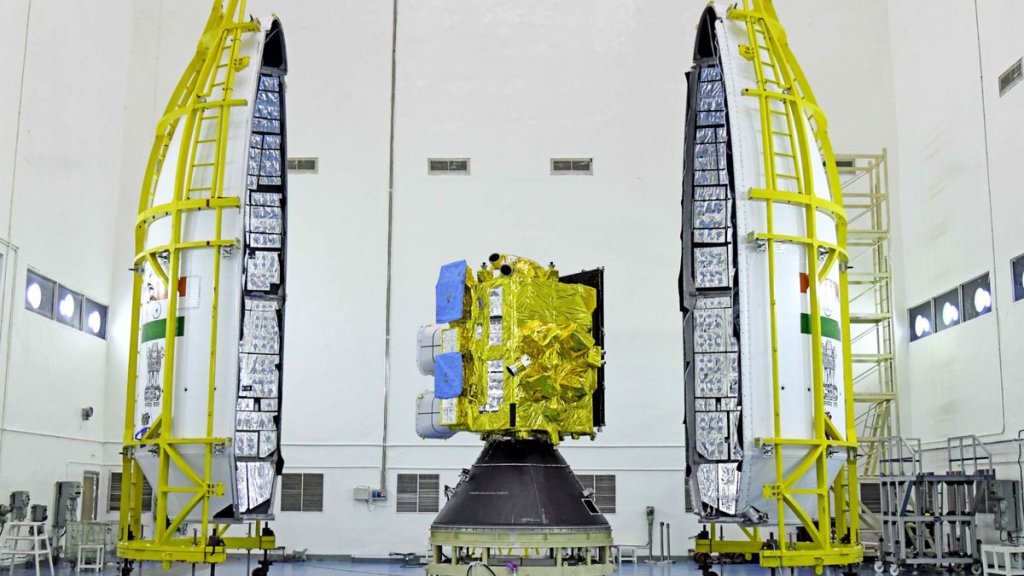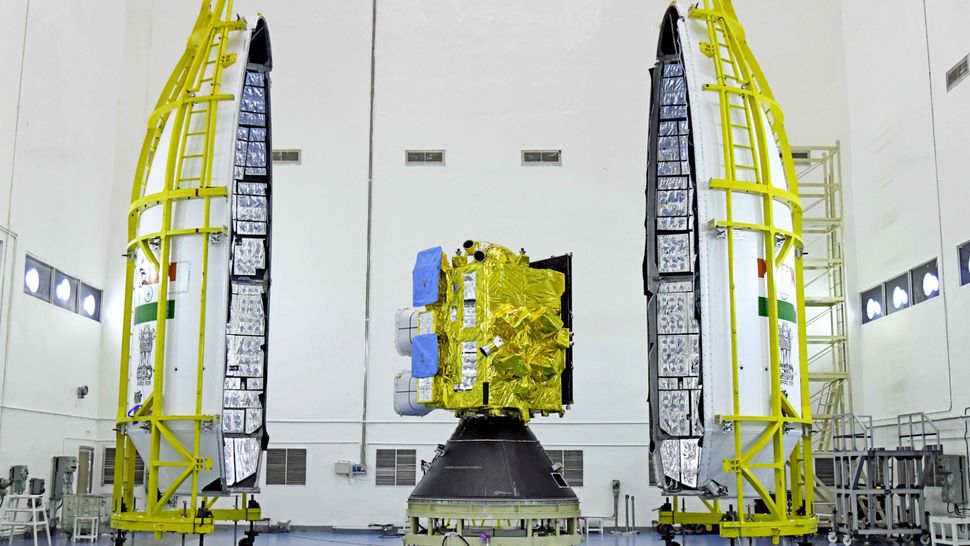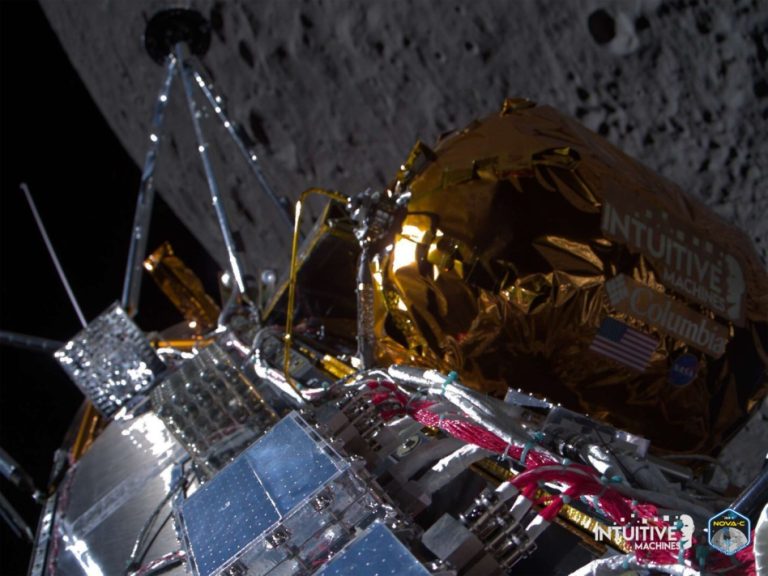
Watch India launch powerful weather satellite to orbit on Feb. 17 (Image Credit: Space.com)
India plans to launch a powerful weather satellite to orbit on Saturday morning (Feb. 17), and you can watch the action live.
The INSAT-3DS satellite is scheduled to lift off atop a Geosynchronous Satellite Launch Vehicle (GSLV) on Saturday at 7:00 a.m. EST (1200 GMT; 5:30 p.m. local India time) from Satish Dhawan Space Centre on India’s southeast coast.
You can watch it live here at Space.com courtesy of the Indian Space Research Organisation, or directly via ISRO.
Related: The latest news about India’s space program

If all goes according to plan on Saturday, the three-stage GSLV will deploy INSAT-3DS into geosynchronous transfer orbit (GTO). The satellite will then make its own way to geostationary orbit, which lies 22,236 miles (35,786 kilometers) above Earth.
At this altitude, satellites complete one orbit in the same amount of time it takes our planet to spin once around its axis (one Earth day). Geostationary spacecraft therefore seem to “hover” over the same patch of ground, making this a popular orbit for telecommunications and weather satellites.
INSAT-3DS falls into the latter category. The satellite, which was funded by India’s Ministry of Earth Sciences, “is designed for enhanced meteorological observations and monitoring of land and ocean surfaces for weather forecasting and disaster warning,” ISRO officials wrote in a mission description.
“The satellite will augment the meteorological services along with the presently operational INSAT-3D and INSAT-3DR satellites,” they added.
Saturday’s launch will be the 16th to date for the GLSV, which stands 169.6 feet (51.7 meters) tall and can deliver 4,960 pounds (2,250 kilograms) of payload to GTO.
India’s ambitious space program has notched some big successes recently. In August 2023, for example, the nation joined the moon-landing club with its Chandrayaan-3 lander-rover mission.
Less than a month later, India launched Aditya-L1, its first-ever sun-studying probe. And on Jan. 1 of this year, the country lofted the black-hole-studying X-ray Polarimeter Satellite, its first dedicated X-ray astronomy craft.








